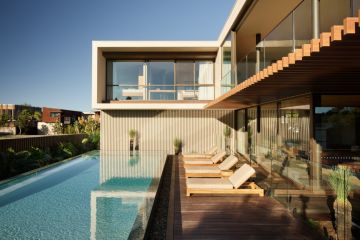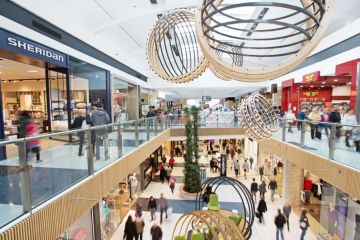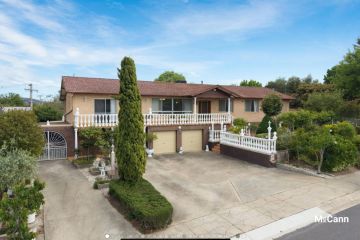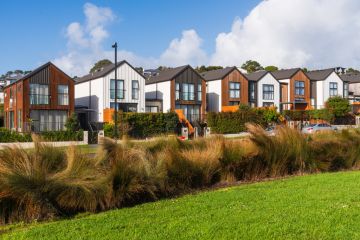The type of home that rose most in price over the past decade
Apartment prices have risen at less than half the pace of house prices over the past decade in major cities including Sydney and Melbourne.
A stronger volume of new supply for units than detached houses has put downward pressure on price growth, offering some respite for first home hopefuls but posing a challenge to prospective second home buyers hoping to upgrade.
Sydney’s median unit price rose 28.4 per cent to $823,000 in the 10 years to the March quarter of 2025, Domain figures show, while Melbourne rose 24.2 per cent to $550,000 over the same period.
That’s well below the growth in house prices over the same period, when Sydney rose 81.9 per cent to a median above $1,691,000 and Melbourne rose 59.7 per cent to nearly $1,036,000.
Perth also followed a similar pattern (units up 26 per cent, houses up 50.9 per cent in a decade). Brisbane’s unit growth was relatively stronger (up 67.6 per cent, but still lagging houses, up 108 per cent).
It comes as housing affordability was a hot topic in the recent election campaign, and a government scheme to let first home buyers purchase with a 5 per cent deposit will soon be expanded.

Ray White chief economist Nerida Conisbee attributed the gap in price growth to the supply of new apartments that has been delivered, which she said had kept them more affordable.
“In Melbourne and Sydney, in particular, we saw enormous amounts of building taking place at the end of last decade,” she said, adding Brisbane’s development cycle finished earlier.
“It would have been specifically that 2015 to 2020 period where we saw high levels of supply.”
Conisbee said developers were able to get projects up and running due to precommitments from selling apartments off the plan to overseas investors, even when local buyers could sometimes prefer to wait until a project is built.
This had become more challenging, she said, also noting a rise in construction costs.
First home buyers could now find much more affordable apartments than houses, often in areas with greater amenity, she said, but because they were designed for investor buyers and renter occupants, not all would be the type of property that owner occupiers might want to live in long term.
It also posed an issue for second home buyers.
“First home buyers want to get into the market, and buying an apartment would get you into the market, but also people want high price growth for what they buy,” Conisbee said.
“It’s also the challenge for affordability. Realistically, the only way we can get affordability is to start to dampen down price growth … The way to do that is to build a lot of apartments but people don’t like it when the home they own doesn’t rise in value.”
Barrenjoey head of economic forecasts, Johnathan McMenamin, attributed the gap in price growth to the construction of units over time, and added that building standards issues had affected the reputation of some units – which governments were working to restore, including through construction commissioners and similar.
“Governments are looking to increase the supply of these units and that’s a positive for affordability going forward. Ultimately, in the major cities where there’s limited land, it’s probably the only path forward,” he said.
“The Great Australian Dream has always been a one-acre plot with a side garden and back garden and front garden, and culturally we’re taking longer to accept units as an alternative dwelling type.
“If you look globally, eventually major economies and major cities tend to realise the value in units and they tend to get the building of those units right over time.”
McMenamin thought it may take time for Australian cities to become more accepting of densification, but this would also change cities to offer greater access to jobs, services and other positive benefits.
He acknowledged that unit owners may face a gap upgrading to a house, but thought it was better to be in the market paying one’s own mortgage, than not.
Quantify Strategic Insights head of data and insights Angie Zigomanis said the price gap meant units were more accessible for first home buyers, even if it was harder to upgrade later, but added there was a lack of larger apartments that some households might prefer to upgrade into.
First home owners might not have built up the equity to upgrade into a more expensive house in the same area, he said.
“The model for delivering apartments to the market, where you need to get people to buy off the plan to start construction, means you have to target investors” – and they were looking for one- and two-bedroom apartments, he said.
“There’s still a dearth of larger units and apartments in a lot of those inner-city areas,” Zigomanis said.
We recommend
States
Capital Cities
Capital Cities - Rentals
Popular Areas
Allhomes
More










